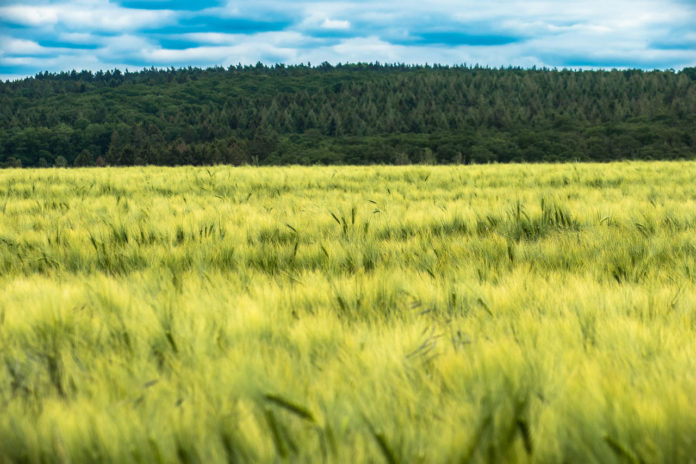Much the same as human jet lag, plants have their body clock that is pivotal for their life in a world that has day and night. Plant biological clocks make a vital commitment to their growth and the responses of crops to their fluctuating environments.
In a new study by the University of Bristol in collaboration with Syngenta, scientists found that plant circadian rhythms regulate the sensitivity of plants to a widely used herbicide as per the time of the day.
Scientists discovered that the death of plant tissue and slow-down in growth resulting from the herbicide glyphosate depends upon the time that the herbicide is applied and also the biological clock.
Dr. Antony Dodd, Senior Lecturer in the School of Biological Sciences and senior author of the paper, said: “This proof of concept research suggests that, in future, we might be able to refine the use of some chemicals that are used in agriculture by taking advantage of the biological clock in plants. Approaches of this type, combining biotechnology with precision agriculture, can provide economic and environmental benefits.”
Urgently, the biological clock likewise prompted a daily change in the base measure of herbicide that is expected to impact the plant, so less herbicide was required at certain times of the day. This gives a chance to reduce the number of herbicides used, sparing farmers time, money, and reducing environmental effects.
Crucially, the biological clock also led to a daily change in the minimum amount of herbicide that is needed to affect the plant, so less herbicide was necessary at certain times of the day. This provides an opportunity to reduce the number of herbicides used, saving farmers time, money, and reducing environmental impacts.
In medicine, “chronotherapy” considers the body clock when deciding the best time to give medication or treatment. This new research suggests that a similar approach could be adopted for future agricultural practice, with crop treatments being applied at times that are most appropriate for certain species of weed or crop. By employing a form of agricultural chronotherapy might have a future role in the sustainable intensification of agriculture required to feed the growing population.
The study is published in the journal Nature Communications.
